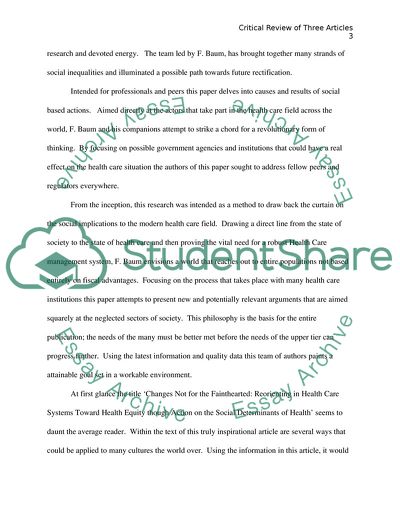Cite this document
(Critical Review of Three Articles Literature Example | Topics and Well Written Essays - 1500 words, n.d.)
Critical Review of Three Articles Literature Example | Topics and Well Written Essays - 1500 words. https://studentshare.org/sociology/1767632-critical-reveiw
Critical Review of Three Articles Literature Example | Topics and Well Written Essays - 1500 words. https://studentshare.org/sociology/1767632-critical-reveiw
(Critical Review of Three Articles Literature Example | Topics and Well Written Essays - 1500 Words)
Critical Review of Three Articles Literature Example | Topics and Well Written Essays - 1500 Words. https://studentshare.org/sociology/1767632-critical-reveiw.
Critical Review of Three Articles Literature Example | Topics and Well Written Essays - 1500 Words. https://studentshare.org/sociology/1767632-critical-reveiw.
“Critical Review of Three Articles Literature Example | Topics and Well Written Essays - 1500 Words”. https://studentshare.org/sociology/1767632-critical-reveiw.


